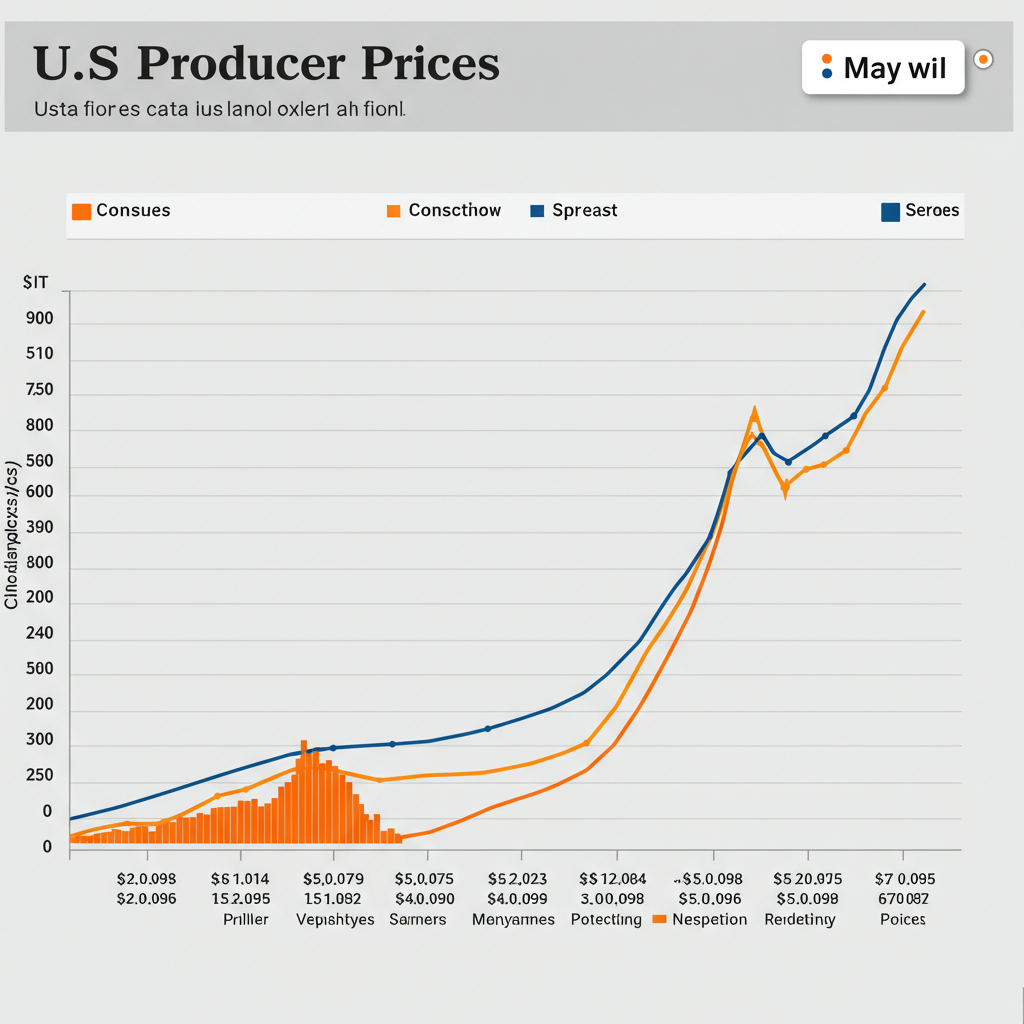The American financial landscape is experiencing a period of significant change, marked by pivotal actions from the Federal Reserve, a noticeable dip in consumer creditworthiness, and a surprising turn for sweepstakes winners. These developments, highlighted in recent economic analyses, paint a complex picture of monetary policy, consumer financial health, and the unexpected vulnerabilities within perceived windfalls. Understanding these shifts is crucial for individuals and businesses navigating today’s economy.
Federal Reserve Navigates Rate Cuts Amidst Political Turmoil
In a keenly watched move, the Federal Reserve recently executed a quarter-percentage-point interest rate cut, its first such reduction since December. This decision, aimed at influencing economic activity, did not occur in a vacuum. It was overshadowed by considerable internal tension and external political pressure, underscoring the delicate balance central banks must maintain.
Internal Strife and Political Influence
The Fed’s independence, a cornerstone of its monetary policy effectiveness, faced challenges. Notably, Stephen Miran, a new appointee to the Fed committee with ties to the Trump administration, dissented. Miran advocated for a more aggressive half-point cut, reflecting a push for deeper reductions that aligns with President Trump’s public criticisms of the Fed. His rapid confirmation and immediate participation in the meeting illustrate the swift integration of politically aligned members. Further, Miran’s unprecedented unpaid leave from the White House’s Council of Economic Advisors, rather than a full resignation, suggests continued White House influence, fueling concerns about the Fed’s autonomy.
The situation was further complicated by an ongoing legal battle involving Fed Governor Lisa Cook. Despite attempts by the Trump administration to remove her over alleged mortgage fraud, a federal appeals court upheld her right to retain her position, allowing her to cast her vote in the recent meeting. Following the rate decision, the Trump administration pursued an emergency appeal to the Supreme Court, indicating the high stakes of these internal conflicts. These events suggest that future Fed decisions before year-end will likely be similarly fraught with tension and political undercurrents. For those following monetary policy, these developments highlight a critical moment for central bank independence.
America’s FICO Score Dips: A Sign of Shifting Consumer Creditworthiness
Beyond the halls of the Federal Reserve, the financial well-being of the average American is showing signs of strain. The national average FICO score has fallen to 715, a couple of points lower than the previous year. This dip signals a broader decline in the overall creditworthiness of U.S. consumers, an important economic indicator that influences lending decisions and economic stability.
Student Loans and Rising Delinquencies
The primary catalyst for this decline is the resumption of student loan payments. After a pandemic-era pause and a subsequent year-long grace period, millions of borrowers are now seeing student loan delinquencies reported on their credit reports. An estimated 6 million borrowers have experienced a significant score drop of about 70 points this year. This dramatic impact underscores the lingering effects of the student loan burden on individual financial health.
The challenge extends beyond student loans. Analyses indicate a broader trend of rising delinquencies across various credit categories over the past four years. This includes credit card bills, auto loans, and even mortgages, though credit card delinquencies have recently shown signs of stabilization. This widespread deterioration in consumer credit points to underlying pressures on household budgets and a potential tightening of credit access for many Americans. Consumers are encouraged to monitor their consumer credit closely.
“Forever” Ends: Publishers Clearinghouse Winners Face Financial Uncertainty
In a surprising turn of events, winners of Publishers Clearinghouse (PCH) “for life” sweepstakes prizes are confronting an uncertain financial future. The company’s bankruptcy filing and subsequent acquisition mean that new owners are reportedly not planning to honor these lifelong payouts. This development highlights the vulnerability of such prizes and raises questions about consumer protection for large, long-term financial commitments.
The Unsecured Promises of “For Life” Prizes
One example illustrates the gravity of the situation: a winner who had been receiving $5,000 a week since 2012 has now been cut off. The bankruptcy filing reveals a staggering estimated total of $26 million in promised prizes that PCH reportedly does not possess. This stark reality contrasts sharply with the “for life” assurances given to winners.
Historically, prior to 2003, PCH safeguarded its long-term prize commitments by purchasing pre-paid annuities. These financial contracts provided security, ensuring that an insurer would guarantee regular income payouts over time, regardless of PCH’s financial standing. This mechanism allowed the company to advertise attractive prizes while managing its long-term liabilities. However, PCH ceased buying these annuities after 2003, leaving subsequent “for life” prizes entirely unsecured. While the bankruptcy settlement is ongoing, the situation serves as a cautionary tale about the importance of robust financial safeguards for long-term consumer commitments. This issue touches on broader themes of consumer trust and the need for transparency in promotions.
Broader Economic Implications and What It Means for You
These three distinct yet interconnected economic indicators offer a snapshot of the current financial climate. The political interference surrounding the Federal Reserve’s rate cuts underscores potential risks to stable economic management. A compromised central bank could struggle to effectively manage inflation or unemployment, leading to greater market volatility and uncertainty.
The widespread dip in FICO scores and rising delinquencies signal growing financial stress for many American households. This trend can translate into higher borrowing costs, reduced access to loans, and slower economic growth as consumer spending power diminishes. It also highlights the persistent challenge of student loan debt and its far-reaching consequences.
Finally, the plight of sweepstakes winners is a stark reminder of the importance of financial due diligence, even in seemingly guaranteed situations. It prompts a re-evaluation of how “for life” promises are structured and regulated to protect consumers from unforeseen corporate financial woes. For individuals, these developments stress the importance of understanding personal financial health and staying informed about broader economic trends.
Actionable Takeaways for Personal Finance
Monitor Your Credit: Regularly check your FICO score and credit report for accuracy and to identify areas for improvement. Free credit monitoring services can help.
Budget for Debt: Prioritize paying down high-interest debt, especially if your FICO score has dropped. Consider consolidating loans or creating a debt repayment plan.
Understand Interest Rates: Be aware of how Fed rate changes can impact your mortgage, auto loans, and credit card interest rates.
Vet “Guaranteed” Payouts: For any long-term financial commitments or prizes, inquire about the underlying financial mechanisms that guarantee payouts, such as annuities or escrow accounts.
- Diversify Income/Savings: Build an emergency fund and consider diversifying income streams to mitigate risks from economic fluctuations.
- www.npr.org
- www.npr.org
- www.npr.org
- www.npr.org
Frequently Asked Questions
What was the significance of the Federal Reserve’s recent interest rate cut?
The Federal Reserve’s recent quarter-percentage-point interest rate cut was significant not only for its economic implications but also for the internal drama and political interference surrounding it. It marked the first reduction since December, signaling the Fed’s response to economic conditions. However, the decision was complicated by a dissenting vote from a new appointee advocating for a more aggressive cut, aligning with presidential pressure. This situation highlights ongoing tensions regarding the Fed’s independence and the influence of political forces on monetary policy decisions, impacting market stability and the Fed’s credibility.
How can the average American improve their FICO score amidst rising delinquencies?
Amidst a national dip in the average FICO score to 715, largely due to resumed student loan payments and broader delinquencies, average Americans can take proactive steps. To improve your FICO score, focus on consistent, on-time payments across all credit accounts. Reduce your credit utilization by paying down credit card balances. Avoid opening too many new credit lines simultaneously. If student loans are impacting your score, explore repayment options with your loan servicer. Regularly checking your credit report for errors and disputing inaccuracies is also crucial for maintaining a healthy consumer credit profile.
What happened to “for life” sweepstakes prizes, and how are consumers protected?
Publishers Clearinghouse (PCH) “for life” sweepstakes prizes are now facing uncertainty due to the company’s bankruptcy and acquisition. New owners are reportedly not honoring these lifelong payouts, with an estimated $26 million in promised prizes unsecured. Historically, PCH protected these commitments by purchasing pre-paid annuities prior to 2003, guaranteeing winners’ income. However, this practice ceased, leaving subsequent prizes vulnerable. Consumers receiving “for life” payouts should inquire about the financial backing (e.g., annuities, escrow) that secures such promises to ensure they are adequately protected against future corporate financial difficulties.
Conclusion
The recent economic indicators — the Federal Reserve’s politically charged rate cut, the declining average FICO score reflecting consumer strain, and the precarious situation of Publishers Clearinghouse sweepstakes winners — collectively point to a dynamic and challenging financial environment. These events underscore the intricate interplay between macro-economic policy, individual financial health, and the unexpected vulnerabilities within seemingly secure promises. As we move forward, vigilance, proactive financial management, and a keen awareness of these economic shifts will be essential for navigating the complexities of the evolving financial landscape. Stay informed, monitor your financial standing, and adapt to these critical changes to protect your economic well-being.




